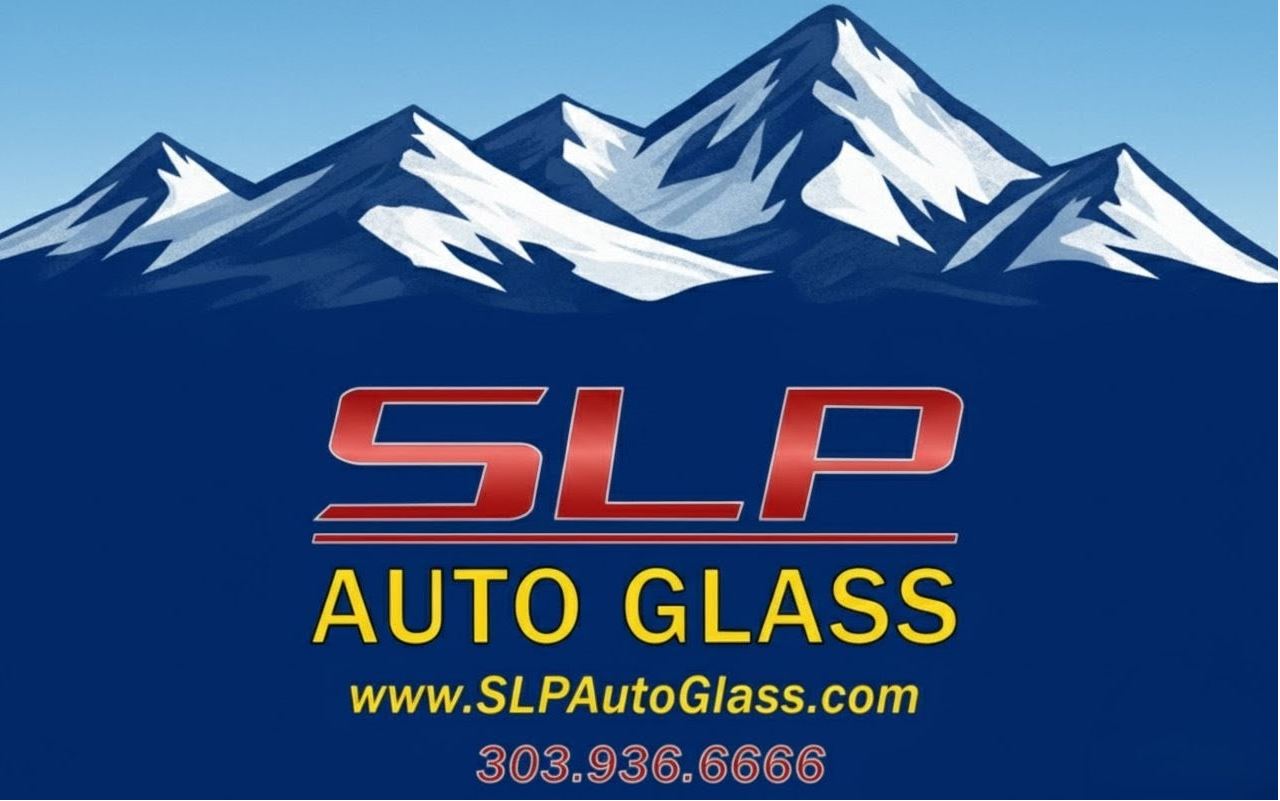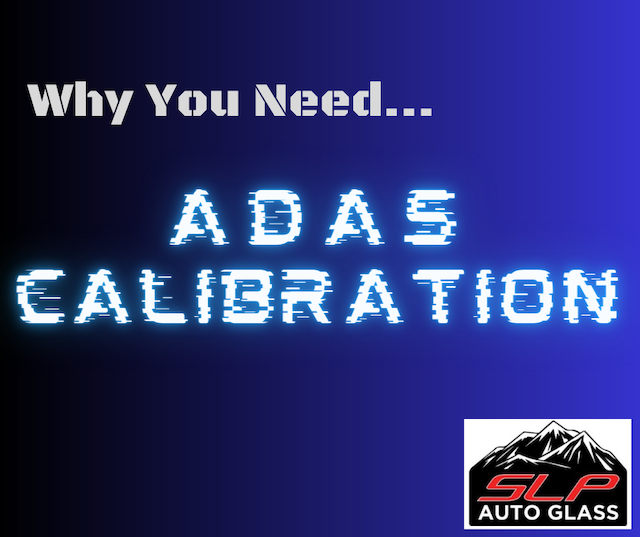We live in a beautiful time for the advancement of technology. Artificial intelligence is curing cancer (no, really), telescopes are developing the most detailed images of our universe, and vehicles are becoming self-driveable and immensely safe. No longer are the days of frolicking about, hoping that the future of robots and flying cars is decades off. Though we still haven’t developed the wonderful driving cars of those Retrofuturism displays, we have created things even cooler. Things even more impressive. And, one of the more impressive car feats is that of ADAS calibration.
As an auto glass company, we haven’t seen many windshield-based advancements come our way. In fact, in our History of the Windshield, we noted that the technical makeup of auto glass hasn’t really changed or progressed in over 100 years. Ultimately, it hasn’t really needed to. But, advancements based on or around auto glass have occurred, making ADAS calibration a new technique and necessity.
Enough dilly-dallying. Let’s discuss what an ADAS calibration is and why (or if) your car needs it.
AD What?
Sensors and safety advancements have made the world of driving significantly easier. There are a plethora of new features in modern cars that provide information and warnings for collisions and surrounding traffic and can even provide lit views of dark roads. But, these sensors and displays aren’t foolproof, in fact, they often need repair.
ADAS stands for advanced driver assistance systems. Therefore, ADAS calibration is the precise physical alignment, testing, and electronic aiming of these helpful sensors. Though the technology of the sensors may be advanced, they can still be knocked off course or covered by indirect objects.
These sensors are extremely fickle by design. They need to be pointed in a precise location to work properly. Unfortunately, small collisions, extreme weather, or user damage can cause them to get knocked off course, putting everything out of what. AAA explained the sensor sensitivity by saying “… a sensor on the car that is out of alignment by a fraction of an inch or even one degree will be aimed at an area significantly off-axis 50 or more feet down the road.”
Therefore, just one little knock can render a sensor useless, especially those that require precise pointing (i.e. lane collision detectors).
All in all, after an accident, significant shakeup, or years of usage, your sensors may need to be recalibrated.
Examples of ADAS Sensors
You may still be confused. That’s totally okay. Let’s get specific.
There are a plethora of new features on cars that use sensors to operate. Let’s break down a few fairly common ones.
Lane Assist (Lane Departure Warning)
A significant amount of accidents involve a driver swerving from their lane. Luckily, modern technology has worked to combat these mistakes using Lane Assist.
Overall, Lane Assist is a camera (sensor!) placed at the top of your windshield. If it notices that the vehicle is straying from its designated position, it will give the driver a warning. Furthermore, these warnings usually insist of audible noise, flashing lights, or vibration through the steering wheel (or a combination of the three).
If your vehicle warns you when you swerve from your lane, your windshield has Lane Assist! That, right there, is an ADAS.
Light Sensor
The Light Sensor is one of the simplest car features. In fact, the earliest type of sensor has been around since the 1950s. Luckily, there is no confusing name when it comes to the Light Sensor.
Henceforth, the Light Sensor detects light surrounding the vehicle. If it notices that it’s dark out, it will turn on your headlights and vice versa. It’s that simple!
Though not as innovative or safety-based as other sensors, it’s a common placement in modern vehicles. If your lights no longer turn on automatically, then the sensor may need recalibrating. And, that calls for… You guessed it. ADAS calibration.
Forward Collision Alert
The Forward Collision Alert is a small camera fixated on the windshield. It works to detect the conditions of the road in front of you. If an obstacle comes in your path (i.e. a stopping car or animal), it will provide a visual or audio alert. This camera is a sensor.
We must also note, the integrity of your windshield is crucial for the Forward Collision Alert to work. If your windshield is slightly cracked or chipped, it’s crucial to get it fixed immediately. If not fixed when small, the crack can spread, causing you to need an entire windshield replacement.
That’s a bit of self-promotion.
Make Sense?
So, if your car has a type of sensor or camera that dictates or shows surrounding traffic, environmental changes, or other heads-up information, you have a type of ADAS. If something were to happen to the vehicle, that sensor or camera may be knocked off course, causing it to need a recalibration.
How Do You Know You Need an ADAS Calibration?
Luckily, all newer vehicles come out of the factory with established ADAS calibration. Therefore, if your vehicle is fairly new, you likely won’t need one for a while.
Ultimately, it’s impossible to dictate or predict every time you will need an ADAS calibration. Overall, it’s often noted to get them checked out if you get in any sort of accident or have your side view mirrors damaged.
Due to the common placement of these sensors upon windshields, having a windshield repair or replacement will call for a recalibration or reset of the sensors. It’s also natural to believe that the damage that caused your windshield repair also damaged your sensor’s calibration. For example, if a rock cracked your windshield, causing the need for repair, then it may have knocked your sensor out of place. Therefore, it’s important to let your windshield company know that you have a sensor.
A general rule of thumb is the functionality itself. If your sensor-based systems are acting strangely, you can’t see out of the cameras, or aren’t working at all, you probably need a new sensor or calibration.
Calibration is a complex system that needs to be done by professionals. As an auto glass company, we have worked with all kinds of sensors and cameras. We know windshields. Henceforth, we know the sensors placed upon them.
If you have any questions or need your auto glass or sensors repaired or recalibrated, reach out to us. We would love to help.
Content reviewed and published by SLP AutoGlass Editorial Team.

